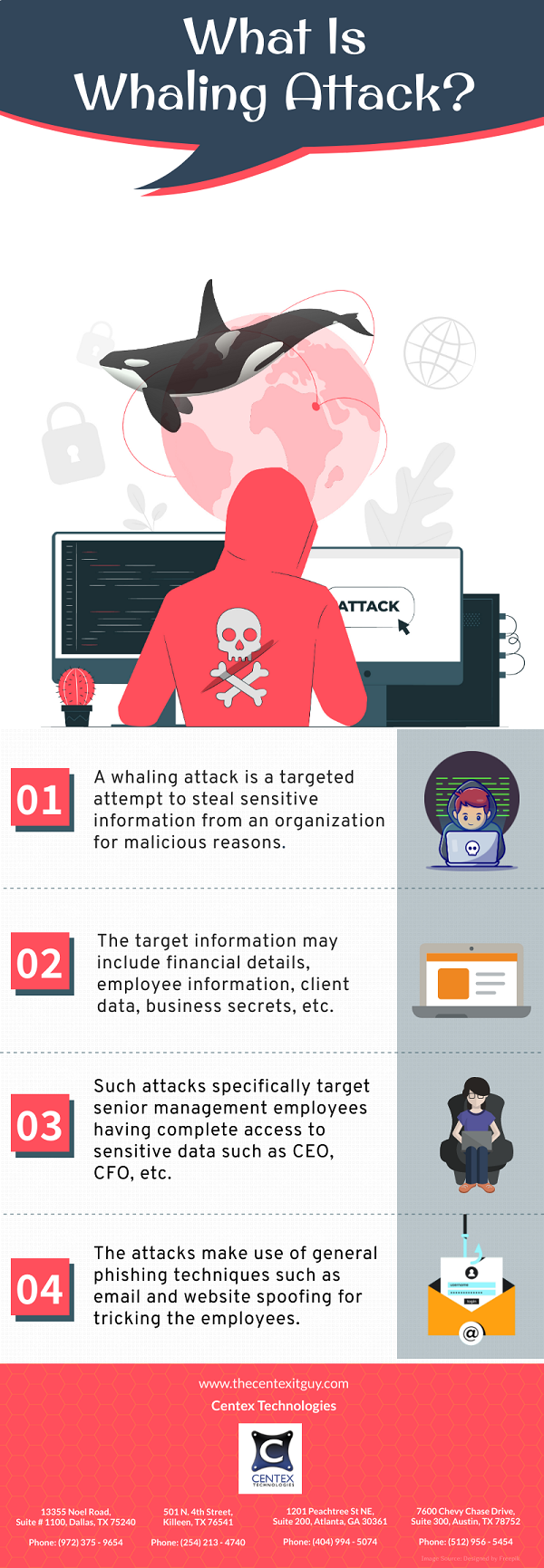Cyber-crime environment is constantly evolving and cyber criminals are always trying to come with new types of attacks for outsmarting existing cyber security protocols. This emphasizes on the need to recognize and deploy advanced cyber security measures to combat cyber threats effectively.
Here are some reasons that strengthen the need for organizations to invest in advanced cyber security technologies:
- Cyber-attacks are no longer targeted at merely extracting confidential details or earning quick money. They have moved on to more sinister motives, commonly known as cyber warfare. With increasing connectivity among critical utility infrastructure, cyber warfare has a tendency to grow.
- Cyber criminals are getting more advanced and the number of sophisticated cyber-attack tools is growing in the deep and dark web.
- Most organizations keep business-critical data recorded in digital format and are thus greatly dependent on their systems and network. Failure to secure these systems from cyber criminals can endanger credibility, sales, and profit.
Owing to the heating up cyber warfare, organizations need to identify and adopt emerging cyber security technologies constantly. Following is a list of top advanced cyber security technologies that businesses organizations should adopt:
- Artificial Intelligence & Deep Learning: Application of artificial intelligence in cyber security is similar to two-factor authentication. Two-factor authentication confirms user’s identity based on two different parameters. Artificial intelligence adds additional layers of information and authentication to identity confirmation. Deep learning is used to analyze data such as logs, transactions and real-time communications to detect threats trying to penetrate the system or network.
- Behavioral Analytics: Behavioral analytics uses data mining techniques to determine patterns of activity across a system and network. This helps in detecting unusual activity such as abnormal increase in data transmission from a device connected to the network. Such deviations from normal pattern can be used to detect potential and real-time cyber threats.
- Embedded Hardware Authentication: A PIN and password are no longer sufficient to protect hardware, so embedded authentication chips are being used to secure hardware. These powerful chips such as Sixth-generation vPro chips by Intel are embedded in the hardware. The chips employ multiple levels and methods of authentication that work in tandem to ensure authentication security.
- Blockchain Cyber Security: Blockchain cyber security works on the basis of blockchain’s peer-to-peer network fundamentals. Every member in the blockchain is responsible for verifying the authenticity of data added. It creates a near-impenetrable network to secure organizational data.
For more information on cyber technologies for business organizations, contact Centex Technologies at (254) 213 – 4740.


